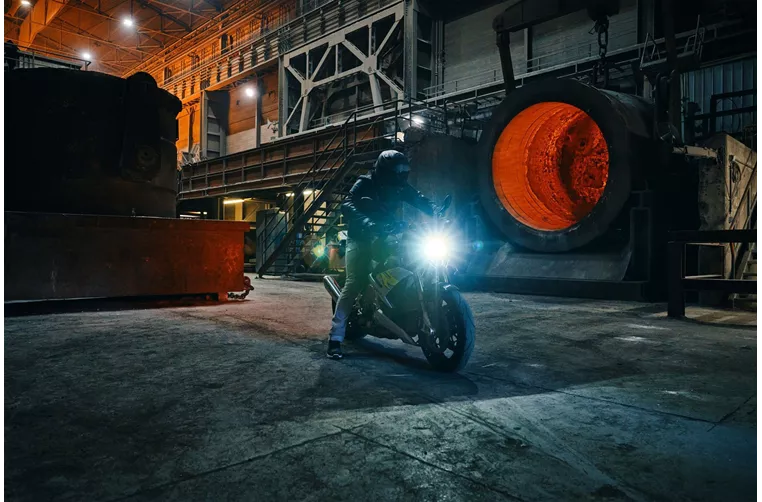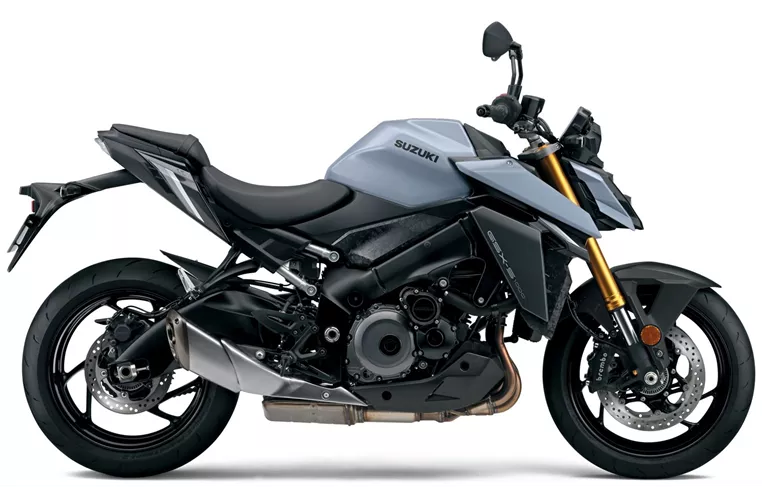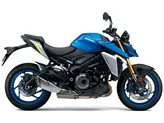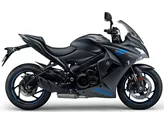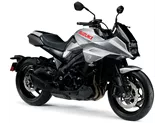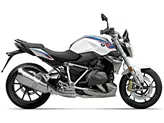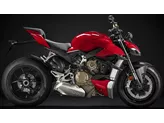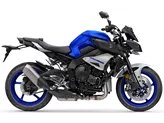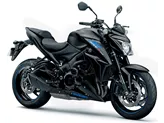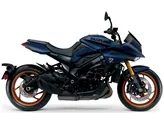BMW S 1000 R 2022 vs. Suzuki GSX-S1000 2021
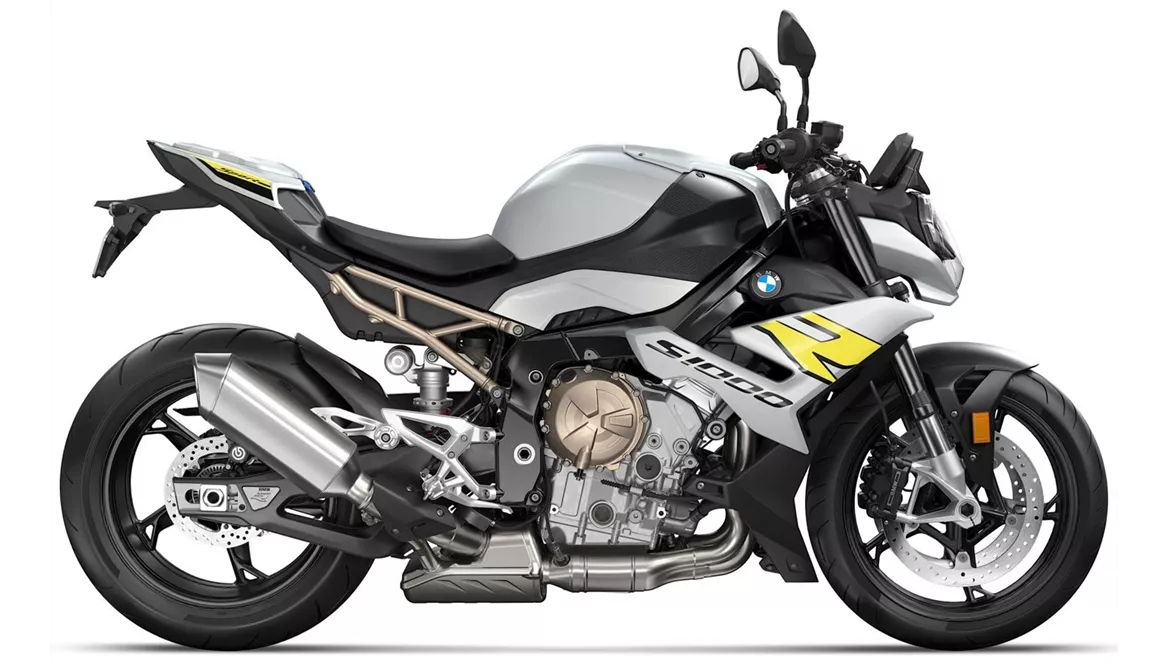
BMW S 1000 R 2022
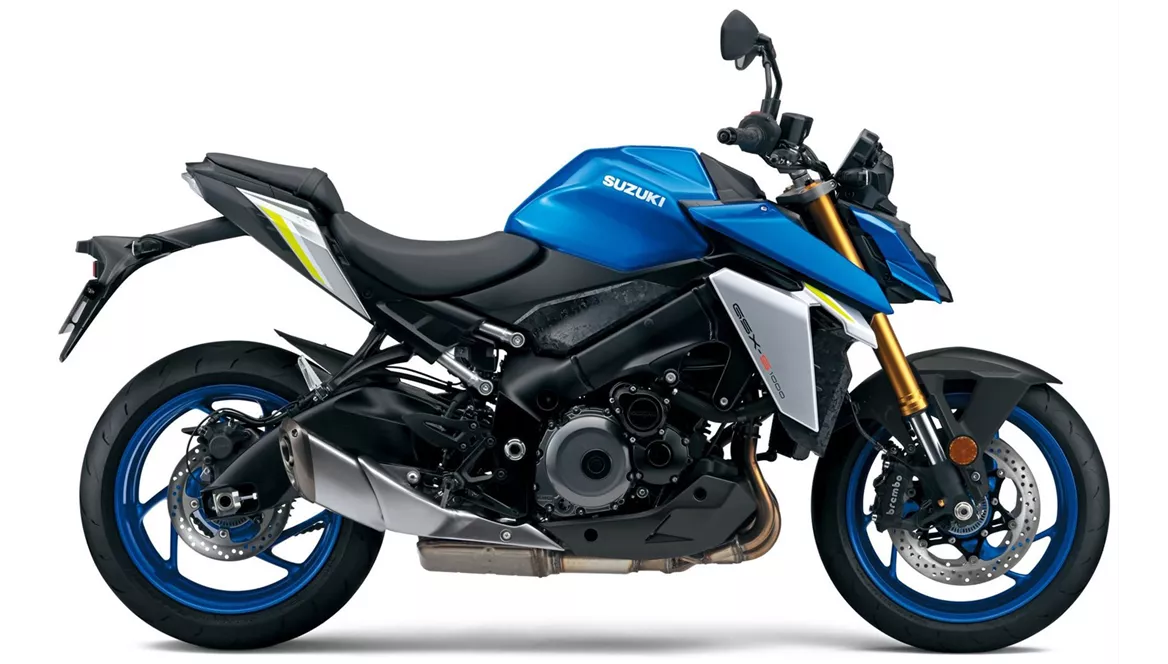
Suzuki GSX-S1000 2021
Overview - BMW S 1000 R 2022 vs Suzuki GSX-S1000 2021
The BMW S 1000 R 2022 and the Suzuki GSX-S1000 2021 are both naked bikes with powerful inline engines and similar technical specifications. However, there are some notable differences between the two models.
In terms of engine power, the BMW S 1000 R 2022 comes out on top with 165 HP compared to the Suzuki GSX-S1000 2021's 152 HP. This difference in power may result in a more exhilarating and thrilling riding experience on the BMW.
Both bikes have a similar torque output, with the BMW S 1000 R 2022 producing 114 Nm and the Suzuki GSX-S1000 2021 generating 106 Nm. This torque allows for quick acceleration and strong performance on both models.
In terms of suspension, both bikes feature upside-down telescopic forks at the front and a swing arm with a monoshock at the rear. The BMW S 1000 R 2022 offers more adjustability in the suspension, with options for compression, preload, and rebound adjustments on both the front and rear. The Suzuki GSX-S1000 2021, on the other hand, only offers preload and rebound adjustment on the rear suspension.
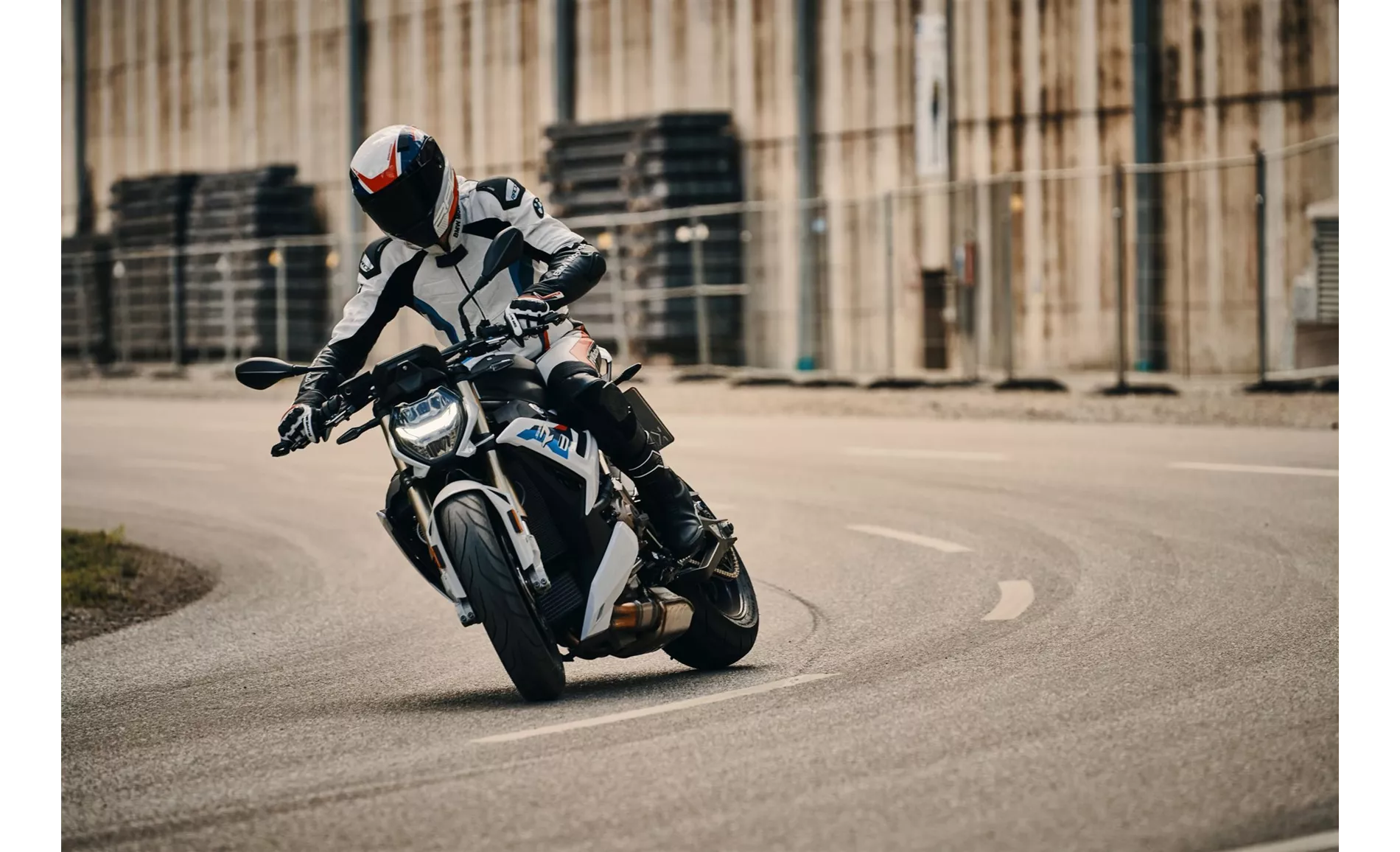
BMW S 1000 R 2022
Both bikes have aluminum frames, specifically a twin tube frame design, which provides stability and agility during cornering. This frame design is commonly found in high-performance motorcycles.
When it comes to braking, the BMW S 1000 R 2022 has slightly larger front brake discs, measuring 320 mm compared to the Suzuki GSX-S1000 2021's 310 mm discs. Both bikes feature four-piston calipers and radial technology, which enhances braking performance and provides better control.
In terms of rider assistance systems, the BMW S 1000 R 2022 offers a more extensive range of features. It includes ABS, hill start assist, riding modes, cornering ABS, ride by wire, quickshifter, traction control, and anti-wheelie. The Suzuki GSX-S1000 2021, on the other hand, offers ABS, riding modes, ride by wire, shift assistant with blipper, and traction control.
In terms of dimensions and weights, the Suzuki GSX-S1000 2021 has a slightly longer wheelbase of 1460 mm compared to the BMW S 1000 R 2022's 1450 mm. The seat height of the Suzuki is also slightly lower at 810 mm compared to the BMW's 830 mm. However, the Suzuki is heavier with a kerb weight of 214 kg compared to the BMW's 199 kg.
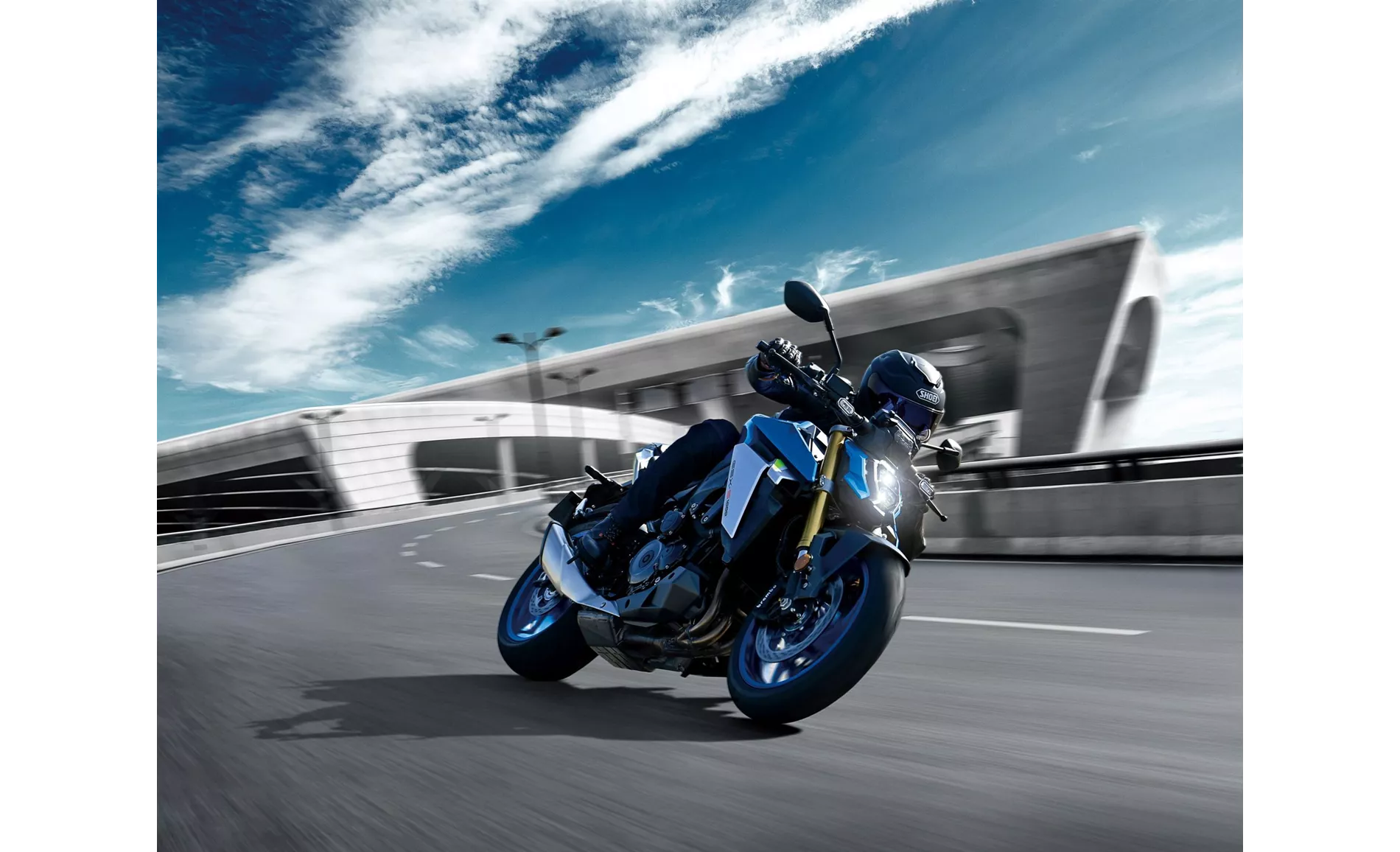
Suzuki GSX-S1000 2021
In terms of fuel tank capacity, the Suzuki GSX-S1000 2021 has a larger tank with a capacity of 19 liters, while the BMW S 1000 R 2022 has a 16.5-liter tank.
In terms of strengths, the BMW S 1000 R 2022 offers a powerful engine, strong brakes, comfortable ergonomics, good standard equipment, and an extensive range of accessories. On the other hand, the Suzuki GSX-S1000 2021 also has a powerful engine, a smooth quickshifter, sporty handling, a comfortable seating position, and an aggressive look.
However, the BMW S 1000 R 2022 does have a few weaknesses, including a sluggish shift assistant and optics that may not be 100% coherent. The Suzuki GSX-S1000 2021 has a display that may be difficult to read.
In conclusion, both the BMW S 1000 R 2022 and the Suzuki GSX-S1000 2021 are powerful naked bikes with their own strengths and weaknesses. The BMW offers more advanced rider assistance systems and a slightly lighter weight, while the Suzuki provides a larger fuel tank capacity and a slightly lower seat height. Ultimately, the choice between the two will depend on the rider's preferences and priorities.
Technical Specifications BMW S 1000 R 2022 compared to Suzuki GSX-S1000 2021
Pros and Cons in comparison
Pros and Cons in comparison
BMW S 1000 R 2022
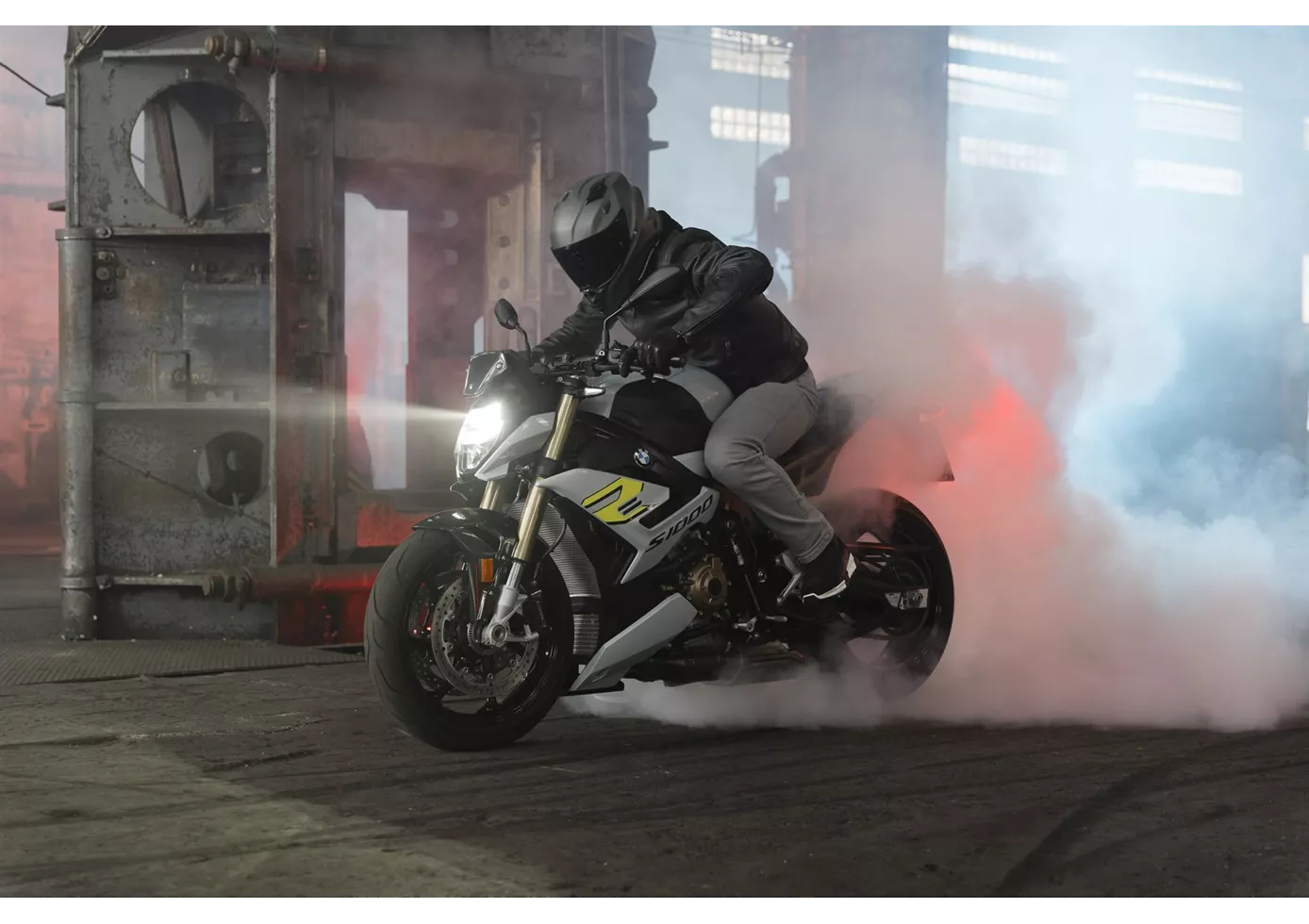
La position de conduite est sportive, mais pas du tout inconfortable, le freinage est efficace et le moteur de la S 1000 R se montre sous son meilleur jour - peut-être même un peu trop homogène. Du côté de la conduite, il n'y a rien à redire non plus. Sur la base des données de performance pures et des fonctions électroniques intégrées, la BMW a ce qu'il faut pour réaliser le meilleur temps au tour. Et ce sur n'importe quel type de terrain, car le châssis semi-actif permet d'avaler des kilomètres et des kilomètres sur de mauvaises routes parsemées de nids de poule. Malheureusement, ce sentiment de supériorité ne s'est jamais vraiment transmis au pilote. Sans doute le revers de la médaille d'un trop grand équilibre dans tous les domaines - du moins à mes yeux italophiles. Il manquait à la BMW ce petit quelque chose, ce rayonnement ou ce charisme difficile à expliquer, mais qui suscite de véritables émotions.
Suzuki GSX-S1000 2021
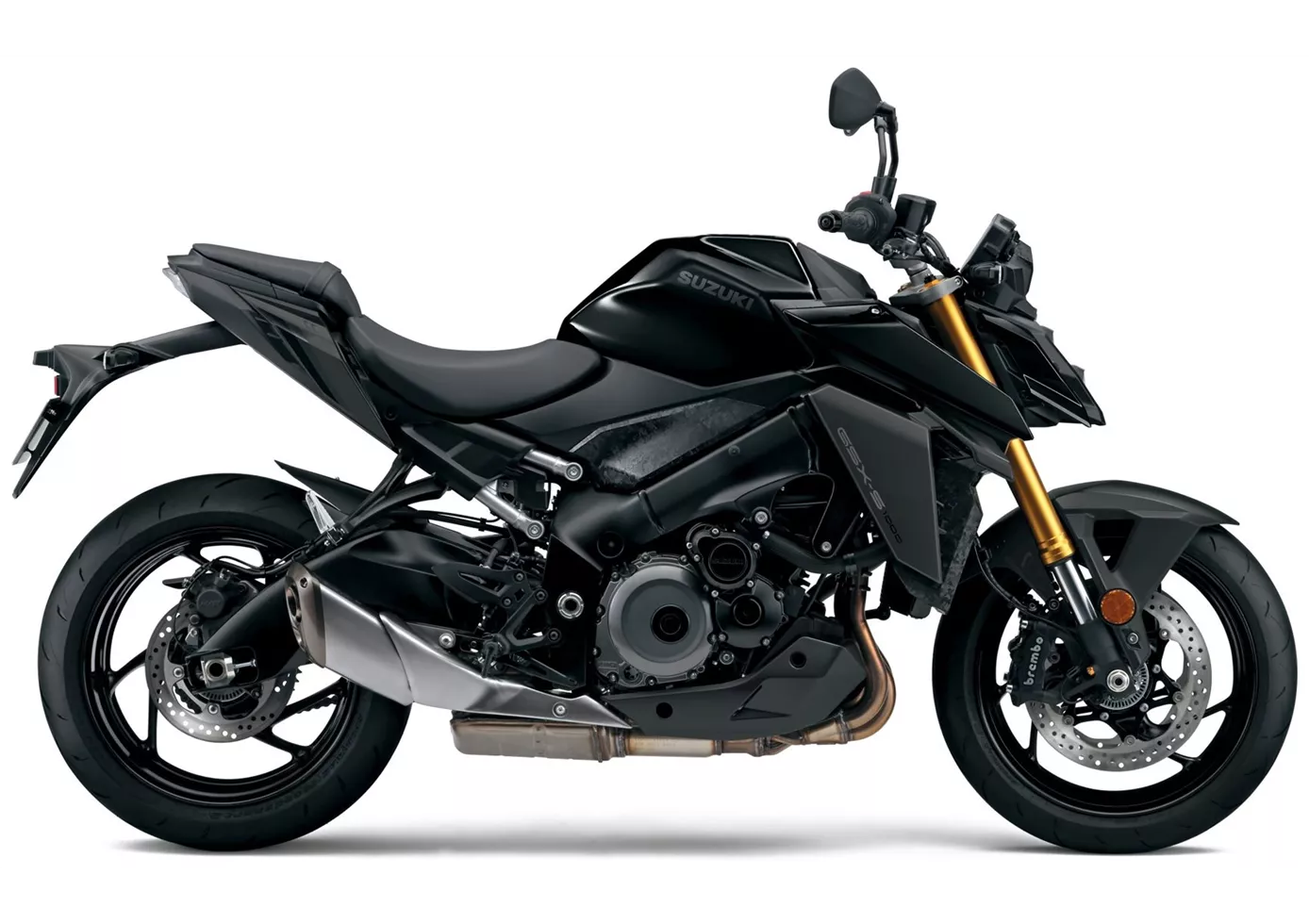
L'évolution de la GSX-S1000 de Suzuki est un succès total. Certes, sa structure de base est une vieille connaissance, mais avec la mise à jour de 2021 pour l'Euro5 et de nombreuses révisions, les Japonais ont mis au point un ensemble merveilleusement complet dans le segment Power Naked. Le moteur, la réponse à l'accélération et le Quickshifter fonctionnent impeccablement, les composants de la suspension et des freins sont configurés de manière sportive et confortable. Une moto avec laquelle on n'a pas besoin de se cacher - sauf si quelqu'un veut examiner l'écran...
Price Comparison Avarage Market Price BMW S 1000 R vs Suzuki GSX-S1000
There are a few key differences between a BMW S 1000 R 2022 and a Suzuki GSX-S1000 2021. In terms of price, the actual average price of a BMW S 1000 R 2022 is about 63% higher. Compared to Suzuki GSX-S1000 2021 there are more BMW S 1000 R 2022 bikes available on the 1000PS.de Marketplace, specifically 22 compared to 16. It takes less time to sell a BMW S 1000 R with 71 days compared to 77 days for a Suzuki GSX-S1000. Since model year 2014 1000PS.de editors have written 62 reviews for the BMW S 1000 R and 36 reviews for the Suzuki GSX-S1000 since model year 2015. The first review for the BMW S 1000 R was published on 11/3/2013 and now has more than 17,300 views. This compares to more than 17,100 views for the first review on Suzuki GSX-S1000 published on 9/27/2014.
